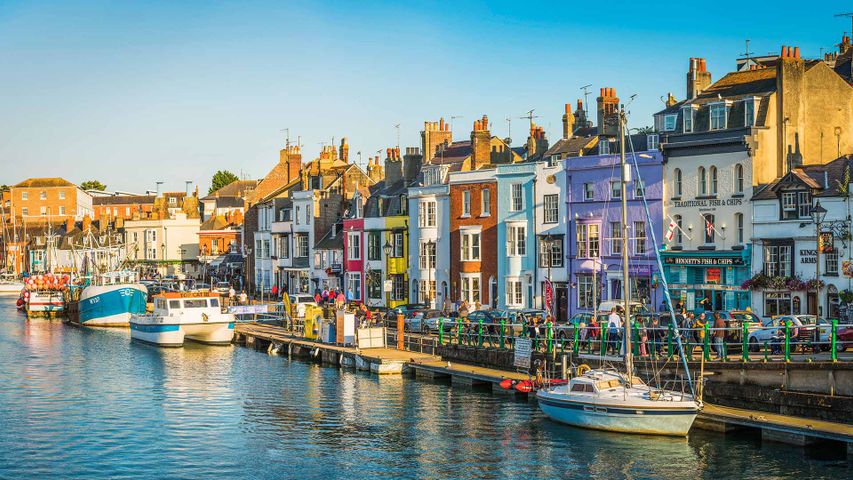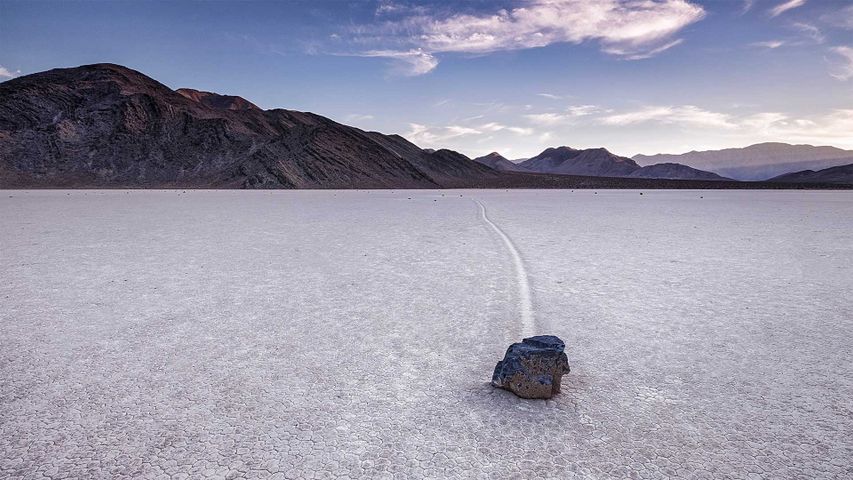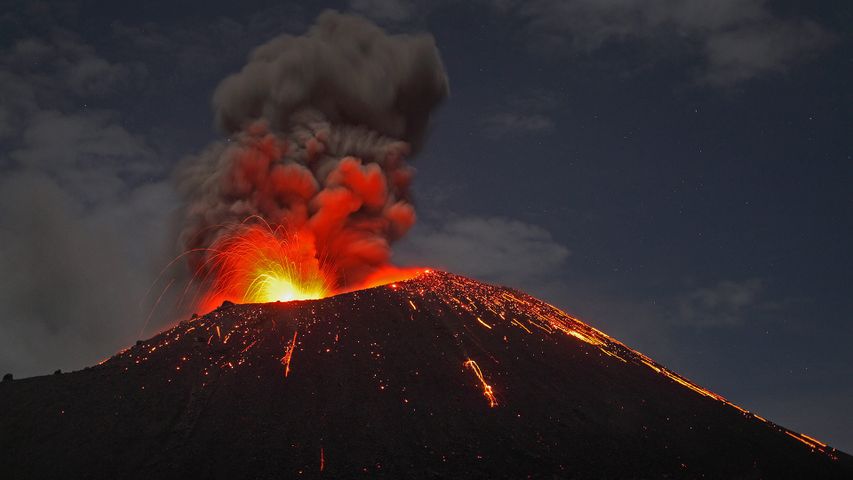Boundary Trail in Mount St Helens National Volcanic Monument, Washington, USA
© Don Geyer/Alam
An explosive history. Mount St Helens National Volcanic Monument, USA
This is Mount St Helens, an active stratovolcano in the US state of Washington and the site of the USA’s most deadly and destructive volcanic eruption. The volcanic event that would forever change the landscape began with a 5.1 magnitude earthquake on 18 May 1980. It triggered a ‘lateral eruption’, in which lava blasts out of the side of the volcano, rather than the top. The initial blast shaved more than 1,000ft (305m) off the mountain’s elevation, resulting in a massive avalanche and the destruction of about 150 sq miles of surrounding forest. When the event ended nine hours later, 57 people had died, 200 homes and almost 200 miles of roads had been destroyed.
Forty years ago today, 110,000 acres (172 sq miles) of forest was set aside to create Mount St Helens National Volcanic Monument, to memorialise the disaster and preserve the area. The land inside has been left to recover naturally. While it’s believed that Mount St Helens will erupt again sometime in the next few centuries, it has not deterred people from hiking and climbing at the monument, something which has been allowed since 1986.
Related Images
Bing Today Images

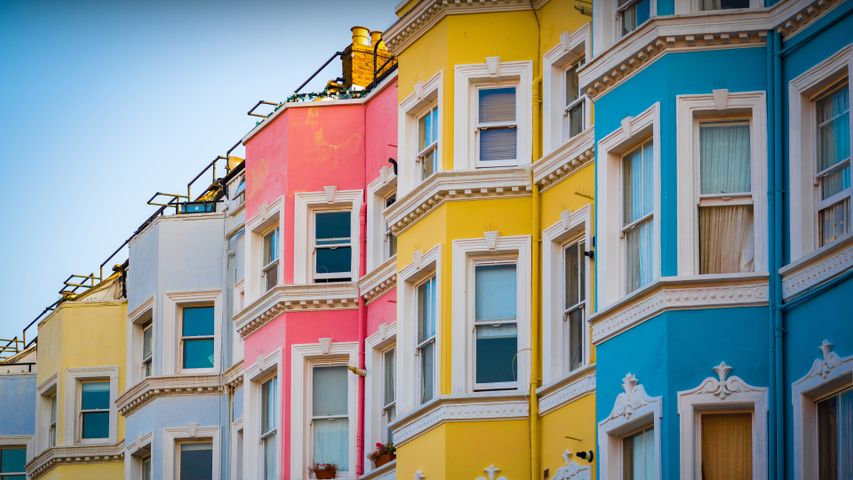
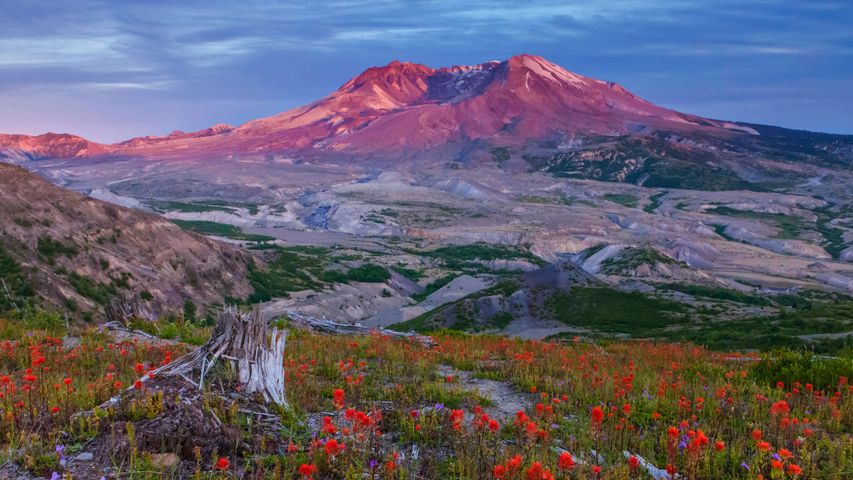
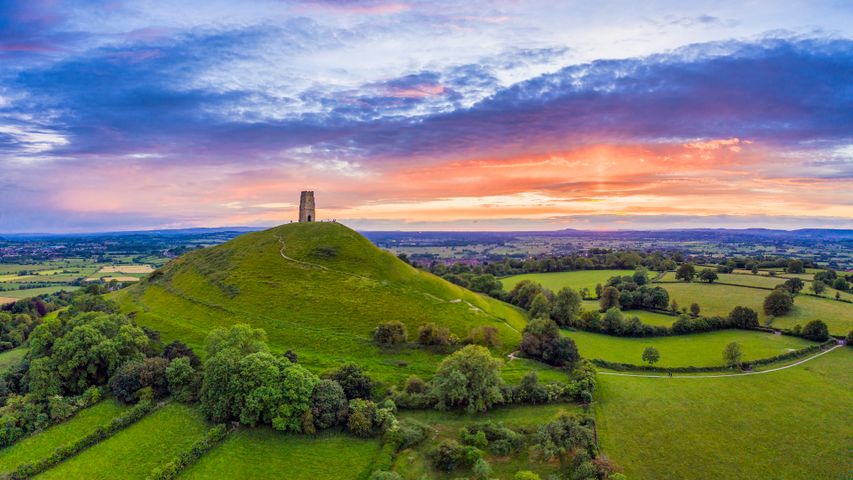 St. Michael's Church Tower on Glastonbury Tor, Glastonbury, Somerset, England
St. Michael's Church Tower on Glastonbury Tor, Glastonbury, Somerset, England
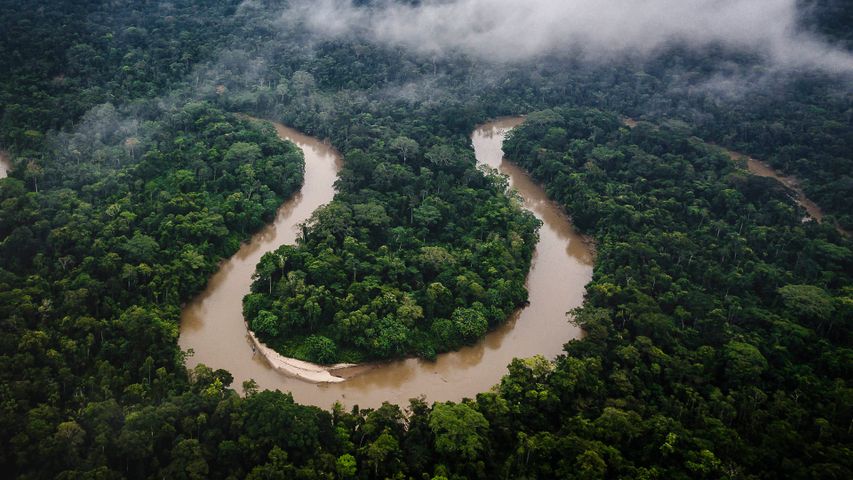 Amazon rainforest, Ecuador
Amazon rainforest, Ecuador
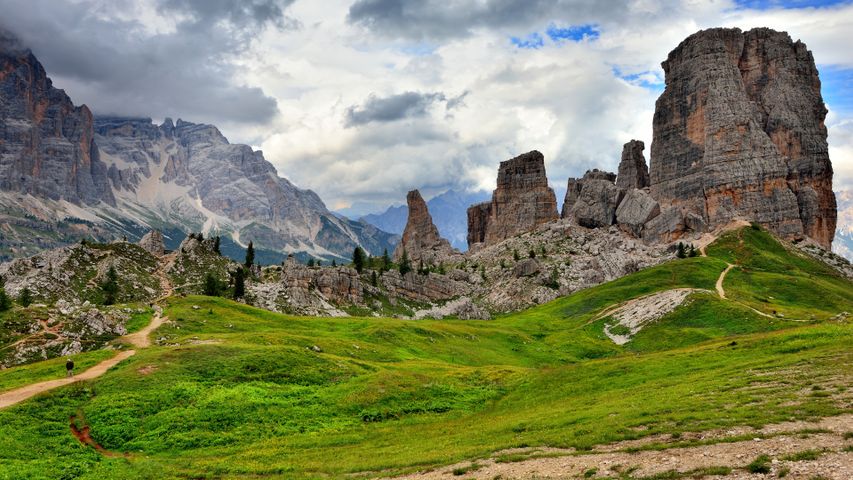 Cinque Torri, Dolomites, Italy
Cinque Torri, Dolomites, Italy
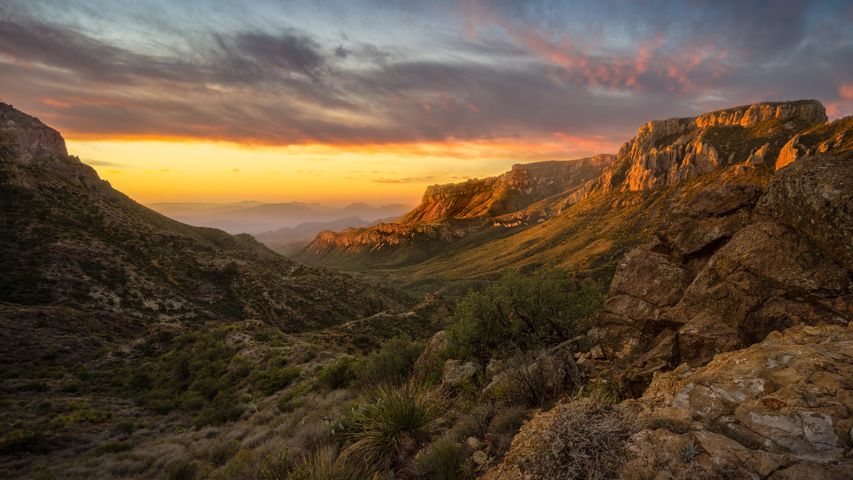 Chisos Mountains, Big Bend National Park, Texas, United States
Chisos Mountains, Big Bend National Park, Texas, United States
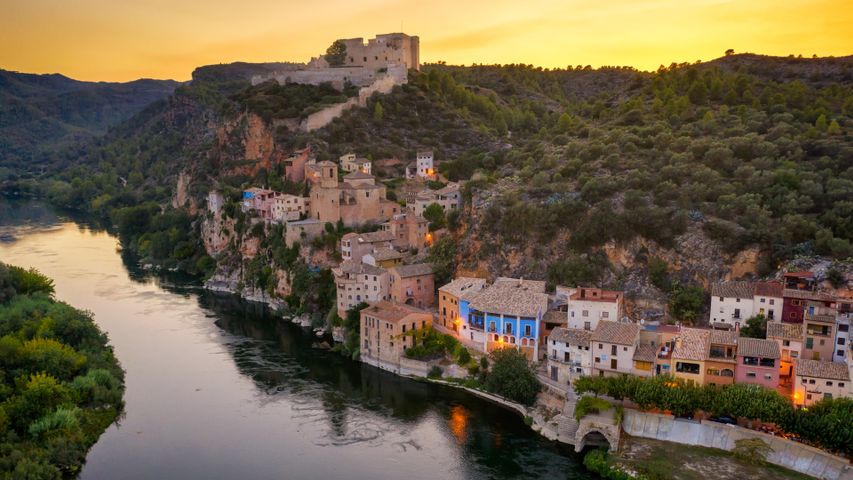 Miravet on the Ebro river, Tarragona, Catalonia, Spain
Miravet on the Ebro river, Tarragona, Catalonia, Spain
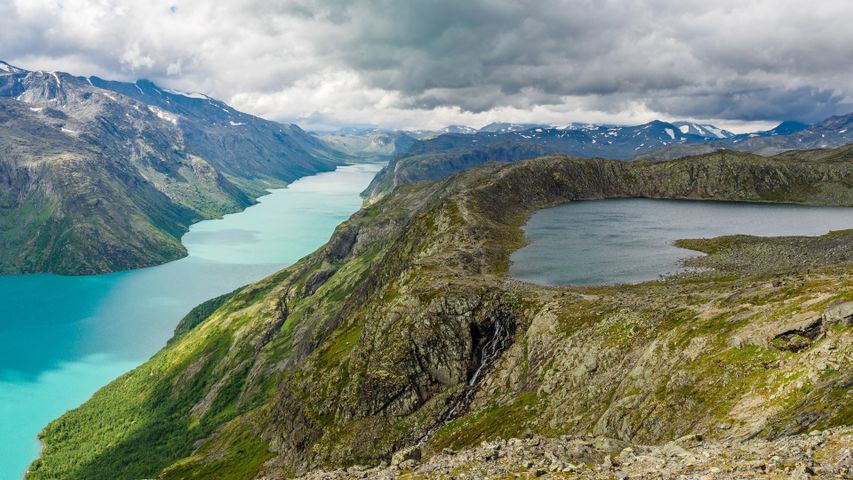 Jotunheimen National Park in Norway
Jotunheimen National Park in Norway
 Mount Hamilton, San Francisco Bay Area, California, United States
Mount Hamilton, San Francisco Bay Area, California, United States
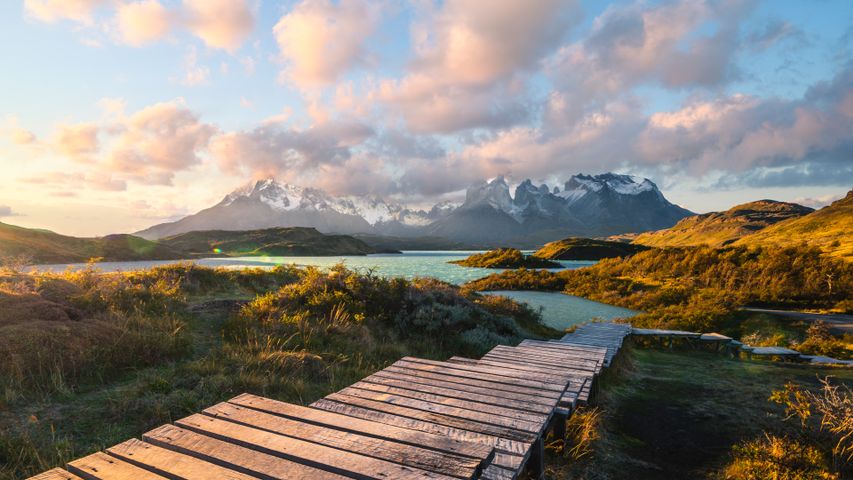 Torres del Paine National Park, Patagonia, Chile
Torres del Paine National Park, Patagonia, Chile
